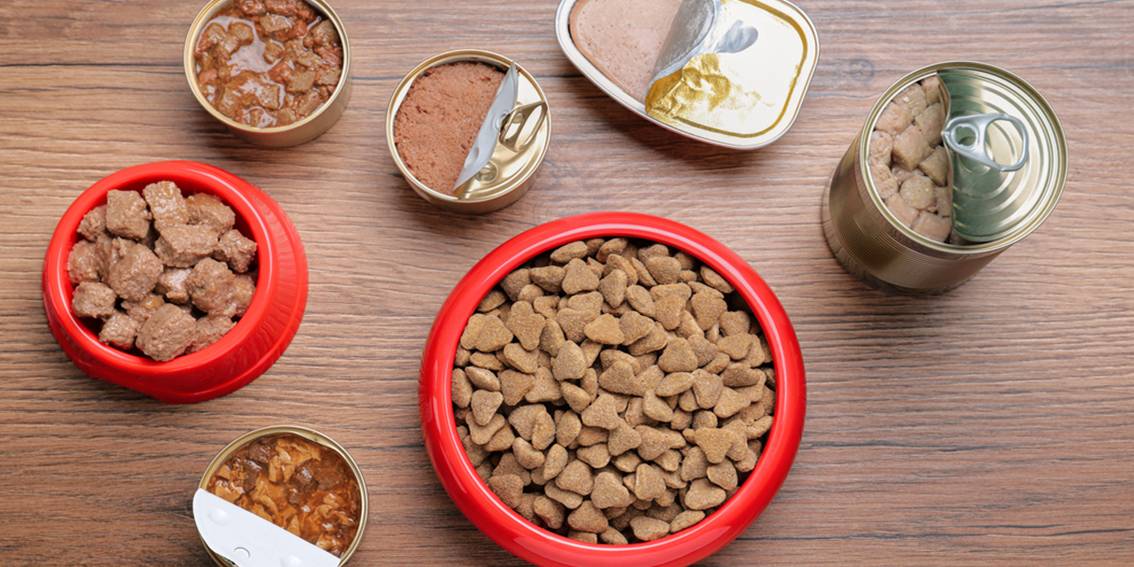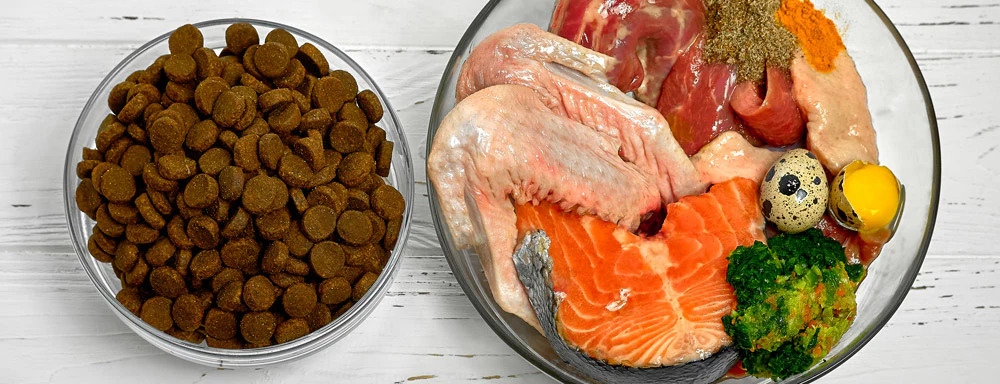The Importance of Choosing the Right Dog Food
Dog Food: Choosing the right dog food feels overwhelming. The pet store aisle stretches for miles. Bright bags feature bold claims. But your dog’s health depends on this crucial decision. Follow these simple steps to select the best food for your unique companion.
Decode the Life Stage Label
A puppy has different nutritional needs than a senior dog. Manufacturers design food for specific life stages. “Puppy” or “Growth” formulas support developing bones and brains. “Adult Maintenance” formulas sustain healthy, active dogs. “Senior” formulas often have fewer calories and support joint health. Always choose a food that matches your dog’s current life stage.
Identify the Primary Protein
Canines thrive on high-quality protein. Look at the ingredient list. The first ingredient should be a named animal protein. “Chicken,” “beef,” or “salmon” are excellent. Avoid vague terms like “meat meal” or “animal by-products.” If your dog has a sensitive stomach, a novel protein like duck or lamb may work better.
Consider Your Dog’s Size
A Great Dane and a Chihuahua have vastly different needs. Many brands offer size-specific formulas. “Small Breed” kibble has smaller pieces for tiny mouths. It is also often energy-dense. “Large Breed” formulas control calcium and phosphorus levels. A careful balance supports proper bone growth and helps prevent joint issues.
Look for an AAFCO Statement
The Association of American Feed Control Officials (AAFCO) sets nutritional standards. Find an AAFCO statement on the bag. It should say the food provides “complete and balanced nutrition” for a specific life stage. This statement guarantees the food meets minimum nutritional requirements. It is your best assurance of quality.
Address Special Dietary Needs
Some dogs have unique health concerns. Food can help manage these issues. Canines with allergies may benefit from “limited ingredient” or “grain-free” diets. Dogs with weight issues need a “weight management” formula. Always consult your veterinarian before switching to a special diet. Always they can recommend the best option for your dog’s health.
Decide Between Wet, Dry, or Both
Kibble (dry food) is convenient and affordable. It also helps clean teeth. Wet food is highly palatable and provides extra hydration. Many owners use a combination. Some of them mix a little wet food into dry kibble. This method enhances flavor and moisture content. Choose the format that works best for your dog and your routine.
Transition Food Slowly
A sudden switch to a new food can upset your dog’s stomach. Introduce the new food gradually over 7-10 days. Start by mixing 25% new food with 75% old food. Slowly increase the proportion of new food each day. This slow transition allows your dog’s digestive system to adapt.
Consult Your Veterinarian
Your vet is your best resource and they understand your dog’s specific health history. They can recommend specific brands or ingredients. Also they will consider factors like breed, age, activity level, and any existing medical conditions. Their expert advice ensures you make the most informed choice.
Choosing the right dog food is an act of love. It fuels your dog’s adventures and supports a long, healthy life. Careful selection makes all the difference.



